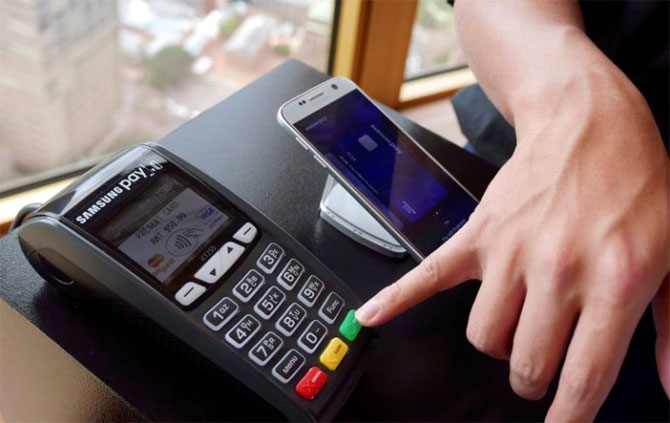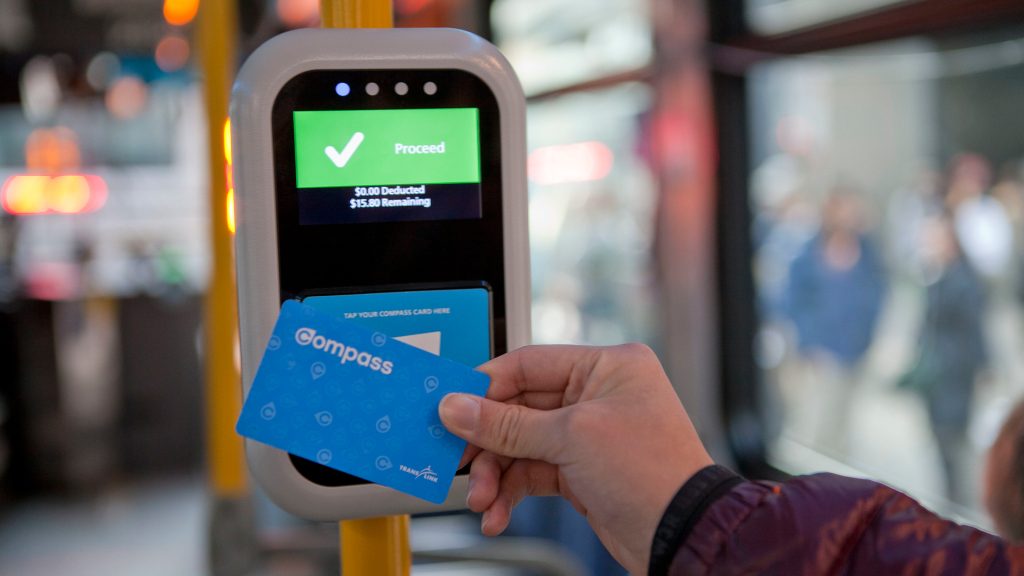The modern world uses cashless payments everywhere, from retail stores to garbage collectors to medical services. With billions of users constantly engaged in online transactions on one or the other website, it is a great chance for hackers and online thieves to dupe one or two. Since we can’t entirely avoid the cashless payment modes, the least we can do is ensure our security. Let’s discuss a few points which can help us secure our wallets.
Ensuring our details aren’t recorded anywhere
Cashless payments through cards, net banking, or mobile wallets require our essential details like name, account numbers, card numbers, CVV codes for the cards, and finally, the OTP to verify our identity and allow the transaction.
You can find some stores, net banking apps, or gaming sites asking your permission to record the details though many websites always ask for all these details freshly for every next payment.
The actual purpose behind the storage is to auto-fill them for the subsequent payments to reduce our efforts. However feasible they may be, if you aren’t any regular customers or don’t want to risk your details in the browser, you should deny the records or opt for other gateways.
We should check for the reliability of the gateway
Since we mostly pay through online channels to anonymous accounts, we should always cross-check the gateways and the bank accounts we are paying. Hackers and phishing sites often drop ads and landing pages, designed similar to any reliable site, to dupe the users to shop or pay for registrations.

They even offer ambiguous payments channels other than the commonly used gateways and net banking platforms, which you should verify strictly.
Mobile payments are better than card swiping
Choosing a feasible cashless transaction is now an option for the customers as the stores and businesses have all channels to accept payments. Though cards were the most preferred choices to date, they aren’t entirely safe any longer as carding frauds came up to rob the customers.
In carding frauds, the hackers rig the card swiping machines to record the card number and the entered pin to display later. The dark web hackers can easily list all the card details and use the naive users’ accounts to wipe them clean. Thus, instead of them, if you aren’t sure that the retailer is reliable, mobile or e-payments are comparatively safer.
We must get a confirmation of the payment
One thing for sure is the confirmation required for any mode of payment. After we swipe the card or transfer the money, we should receive an invoice or generated bill through mail or message. Our account should also notify us about the amount deducted, along with the account’s name and details of the receiver.
If, in any case, you don’t get any such confirmation, you should immediately notify your bank or report the transaction to the mobile wallet’s customer service to stall your account’s activities. If the receiver is detected fraud, you might have to change your password or pin for renewed security.

